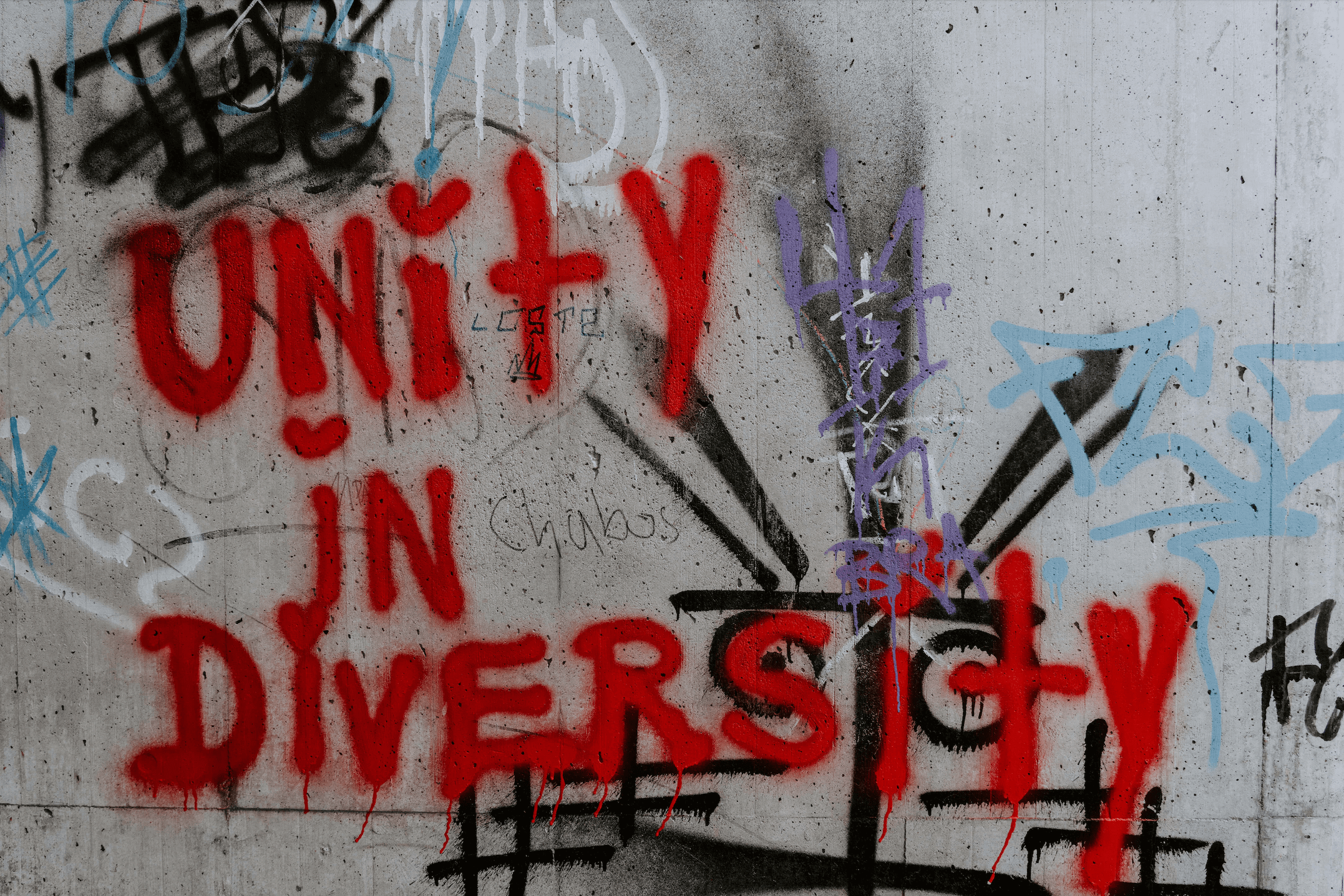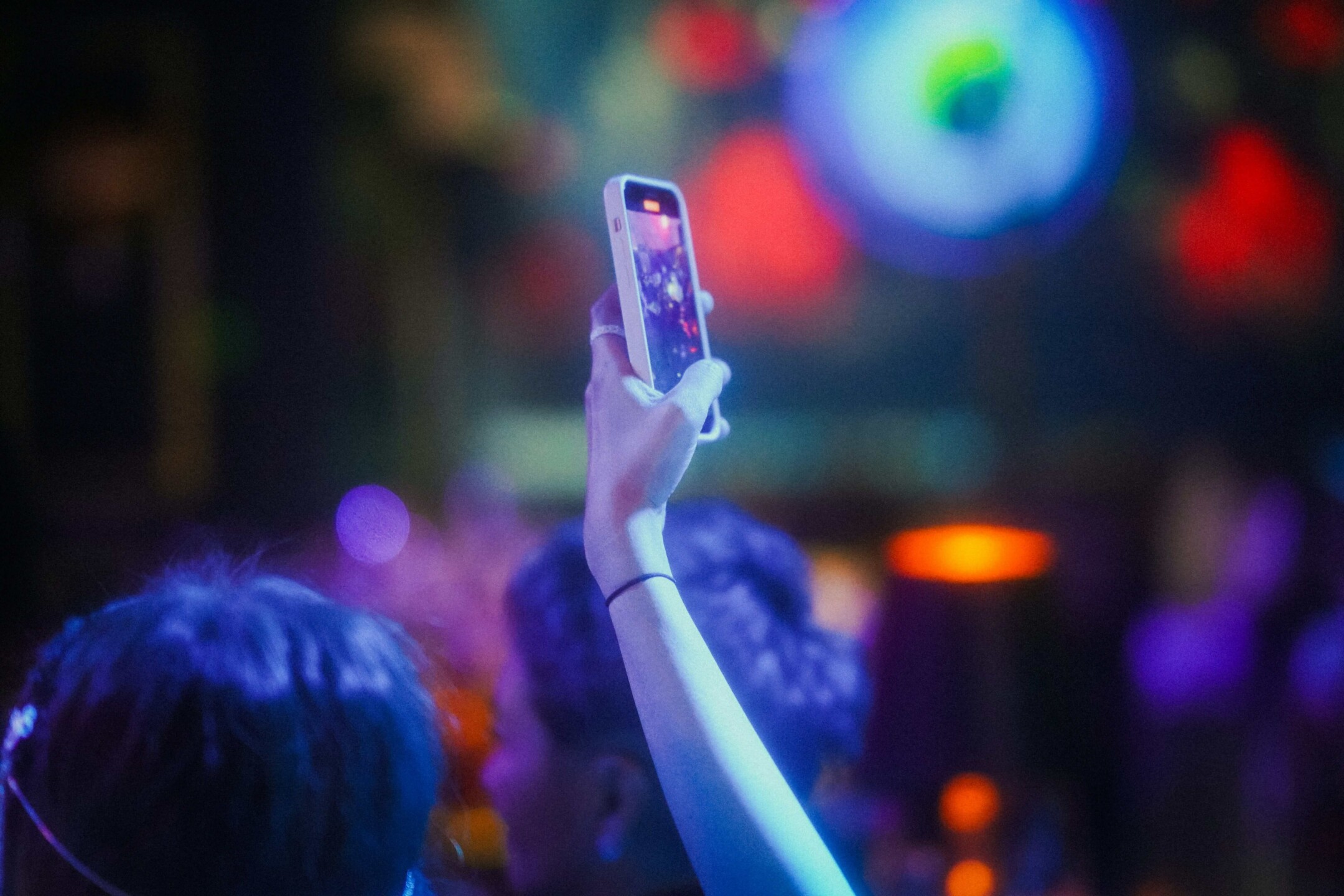Enter Gen Z: the demographic cohort following millennials, which can be commonly characterized by their high levels of diversity and education.
Besides being the most racially and culturally diverse generation in history, “The Tik Tok generation” has been connected hand in hand with technology and social media since the very first iPhone launch in 2007, by which the oldest of Gen Zers were just 10. While it’s important to remember that no single characteristic can be used to define an entire generation of people, there are key differentiating factors we can study to help us better to speak to Gen Z. Keep reading to learn how this pragmatic group of people is creating new rules for public relations and marketing today.

Influencers
As the first generation to never know the world without the internet, Gen Zers spend an average of over 4 hours a day on social media platforms, which is double that of all adults in the United States. This group of digital nomads uses technology to make connections, obtain on-demand information, stay up to date on news and current events, and much more. So, how does this all play into the evolution of PR?
One aspect of PR that has shifted at the hands of Gen Z is the way that companies work with influencers. While older generations grew up watching television ads, Gen Z cares more about the trusted and authentic recommendations that come from influencers across social media channels. Finding an influencer who is the right fit for your brand is crucial in connecting with your audience. The first quality to evaluate in a potential influencer is their values. One controversial post from an influencer with conflicting values from your brand can lead to a PR team nightmare, while a well-matched influencer will be able to develop an authentic and credible brand relationship that will be more important to today’s customer base. Luckily, there is no shortage of influencers for your brand to choose from, as 30% of 18-24 year-olds and 40% of 25-34 year-olds consider themselves content creators in the United States today. As this number will only continue to grow as consumers become more immersed in technology and connected to multiple social media platforms at a time, it’s important to set goals to help implement a sturdy PR strategy for your client or brand.
Crisis Communications
As mentioned above, Gen Z buyers are constantly online, watching your every move, and will hold you accountable for any controversial or unethical actions. Commonly known as “being canceled” or “cancel culture,” public figures who show or voice objectionable behavior or opinions often experience negative responses such as boycotts of brands, removing all support, and/or refusing to promote their work.
The close link between technology and culture highlights the importance of having a solid PR crisis and communications strategy in place at all times as news travels online, and it travels fast. For example, if your brand has an influencer who is misleading on social channels or your brand itself comes out with a controversial PR or marketing campaign, results can quickly become disastrous for your company. While every situation will require a different approach, PR pros must have a plan in place to help alleviate some of the pressures when faced with a public relations emergency.
In the News
Once upon a time, reading the news meant sitting down in the morning at the breakfast table with a cup of coffee and opening up the morning paper. News today is predominantly consumed via smartphone, replacing newspapers. Why go out of your way to get the newspaper when you have all the news you need right at your fingertips? News consumption isn’t the only thing that’s been affected over the years by smartphones and smartphone applications. At a technology conference in July, senior Vice President for Google, Prabhakar Raghaven revealed that around 40% of young people search TikTok or Instagram when looking for a place to get lunch before searching on Google Maps or Search.
While social media is commonly used for obtaining information and news, there are complications with misinformation which is why traditional media outlets are still so important today. While millennials tend to rely more heavily on these traditional news outlets, Gen Zers tend to go to a wide range of sources for news as well, consuming news from an average of about six different traditional sources or social media platforms at least weekly. When it comes to PR strategies today, it’s important to use both traditional media and social media to build credibility while cross-promoting and reaching all your key audiences.

Related: Everything a PR Pro Should Know About Cultivating Media Relationships
Standing Out
In a crowded media landscape, how do you make your client or brand stand out from the 2 million news articles that make it to both offline and online media platforms and the 10 billion hours spent on social media every 24 hours? Many brands spend their time trying to catch the buyers attention through mass media placements and press releases, and flashy creatives that show the product or brand in a perfect light. Gen Z, however, does not necessarily need or want the over-perfected images and may even call them “cheugy.” This generation requests authenticity and connects with brands who create a genuine and personable connection and representation of themselves in a brand’s advertisements. As a PR professional, how is your brand or client practicing authenticity? How are you positioning your social views and committing to social responsibility? How are you being transparent and honest with your potential customers?
In this blog, we have discussed how Gen Z is changing social media and influencer tactics, why crisis communications are important today, changing media consumption trends, and the need for authenticity. How will you adjust your PR efforts to speak to this digitally experienced generation?
Shoot us a DM if you need a hand.



